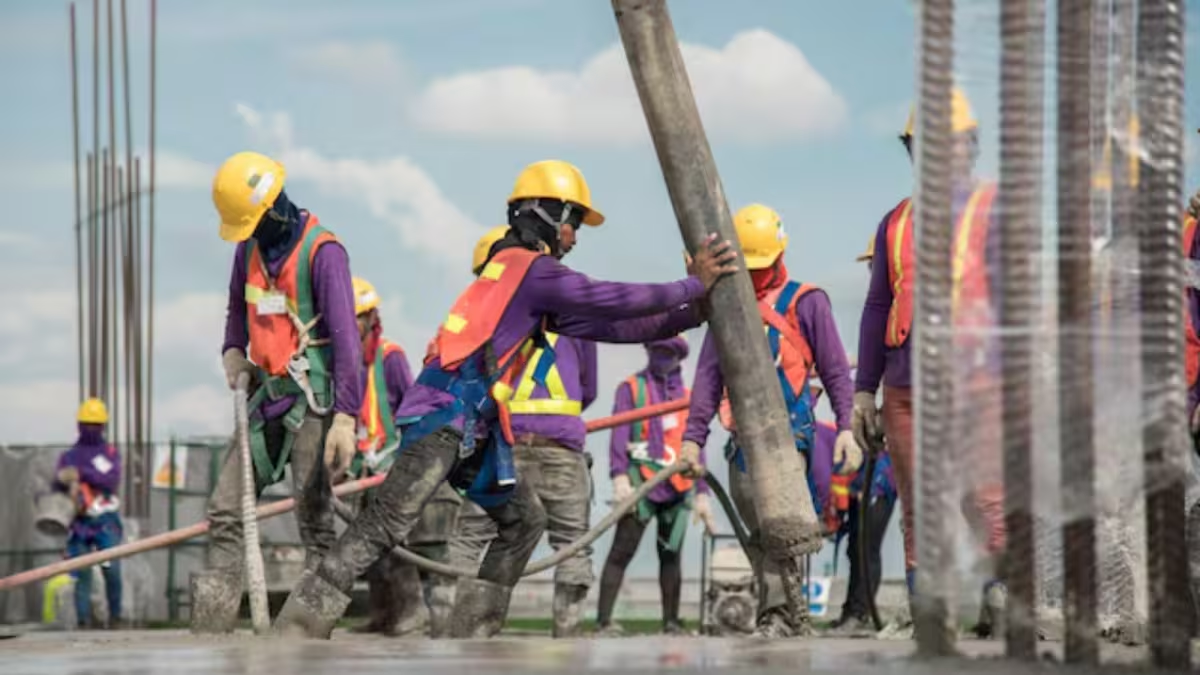Passengers face delays, cancellations, and rerouting as Iran and Oman airspace restrictions trigger chaos on busy air corridor
Flights between the UAE and India—one of the world’s busiest air corridors—have been severely disrupted due to the closure of multiple airspaces in the West Asian region. With restricted routes over Iran and Muscat, hundreds of passengers are dealing with delayed departures, flight cancellations, and last-minute rebookings, reported outlooktraveller.com.
Typically facilitating over 10 million passengers annually, the UAE–India route is vital for both tourism and VFR (visiting friends and relatives) travel. However, heightened regional tensions have led to restricted airspace usage, forcing reroutes that are now straining air traffic capacity and scheduling systems.
Flights between UAE and India hit delays and cancellations as diverted air traffic congests alternative routes, disrupting travel for thousands
Affected services include those operated by both low-cost and full-service carriers, with UAE-origin flights to Indian cities such as Lucknow, Kochi, and Mangalore particularly impacted. Indian-origin flights to the UAE are also experiencing cascading delays due to air traffic control constraints and rerouted flight paths.
Airports in Dubai and Sharjah are coordinating with airlines and authorities to reduce passenger inconvenience, advising travellers to check flight statuses frequently and arrive at terminals only after confirmation.
The impact has also extended to connecting passengers. Several international travellers transiting through UAE airports have missed their onward connections due to delayed inbound flights. Many have been forced to wait in terminals for hours or rebook on later flights.
Aviation experts note that while the UAE–India corridor does not directly traverse the now-restricted airspace, the knock-on effect of rerouted international flights is creating bottlenecks on the remaining open paths. This surge in traffic is overburdening air traffic control systems and contributing to further delays.
Airlines are closely monitoring the evolving situation and adjusting operations accordingly. Authorities expect the disruption to ease once restricted airspaces are reopened or the current volume of traffic normalises. Until then, passengers are urged to remain flexible and maintain communication with their carriers for the latest updates.








